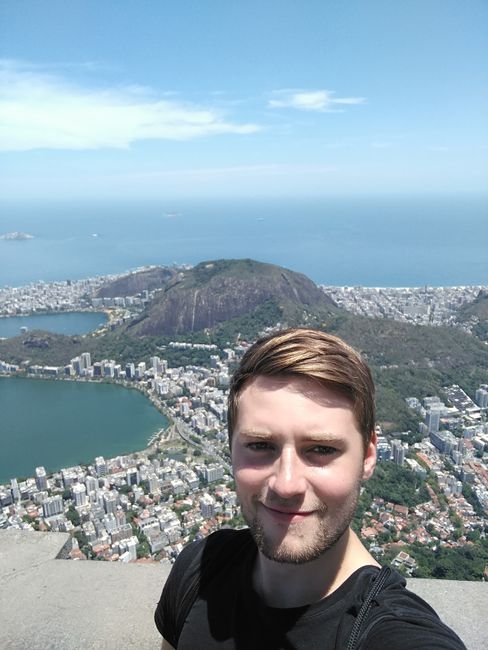From Sao Paulo to Paraty
Publicerad: 22.10.2017
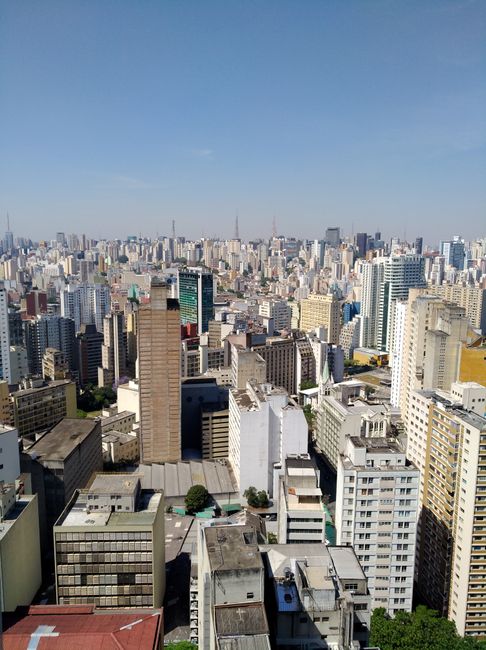
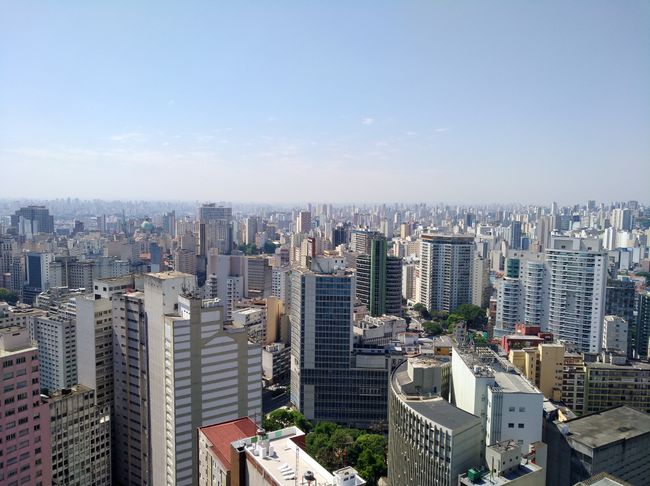
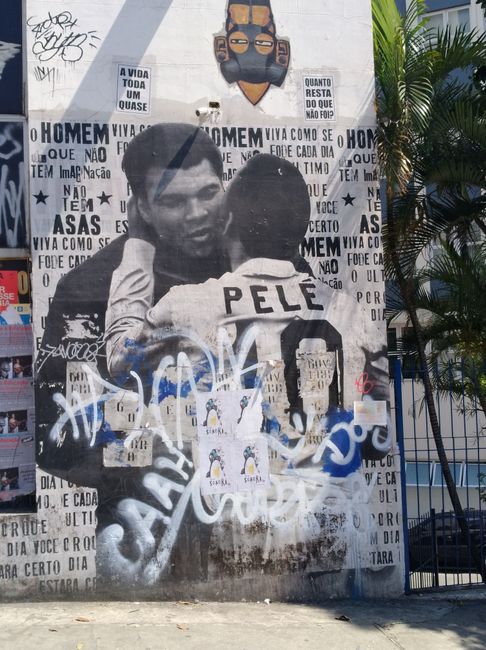
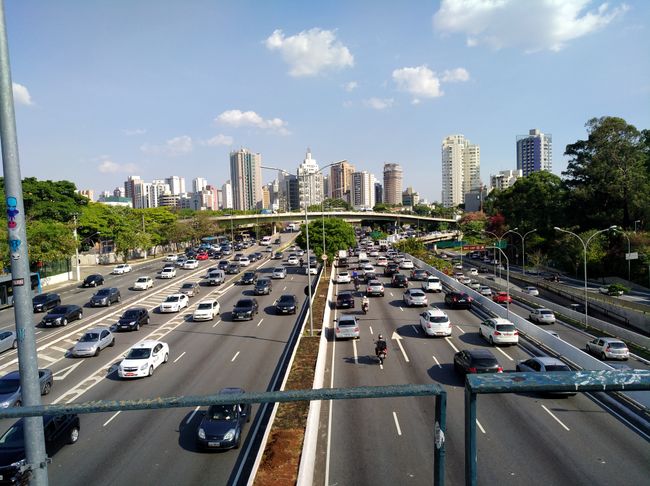
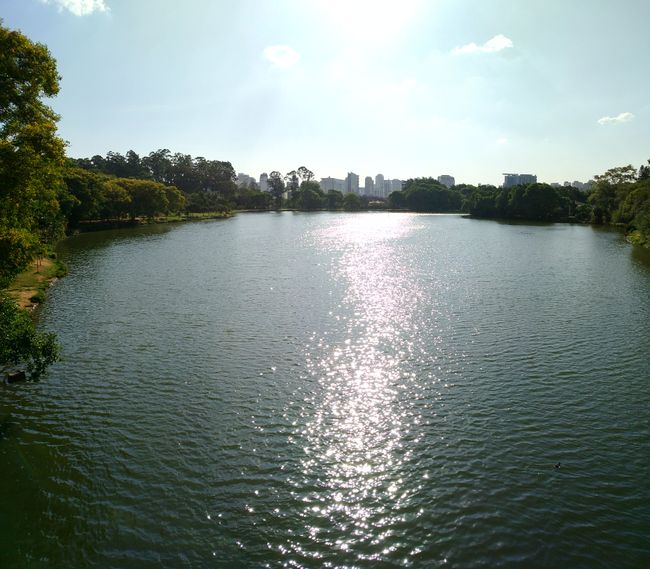
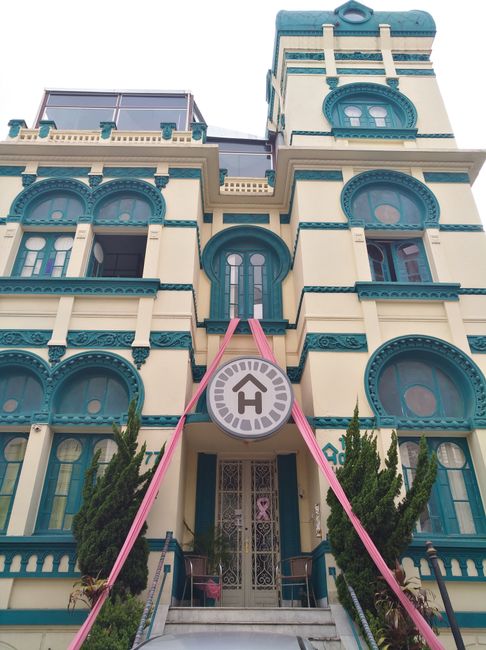
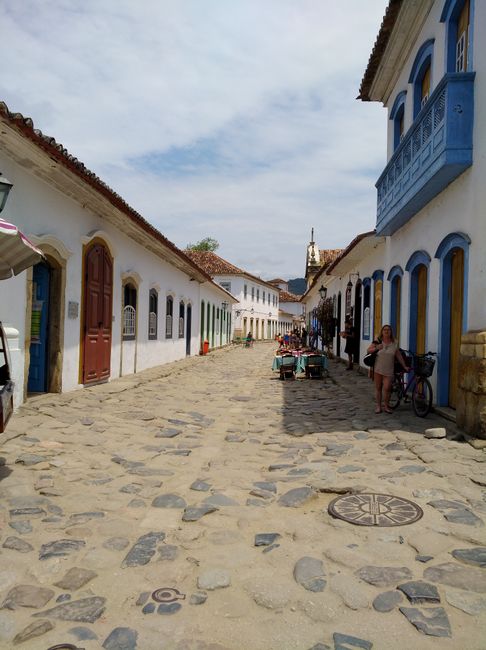
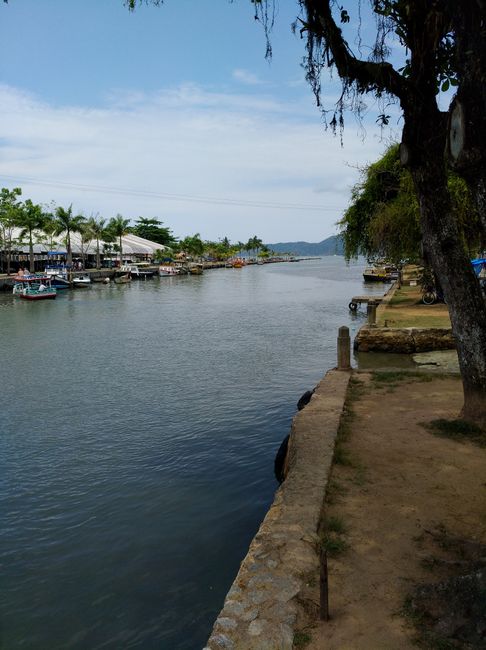
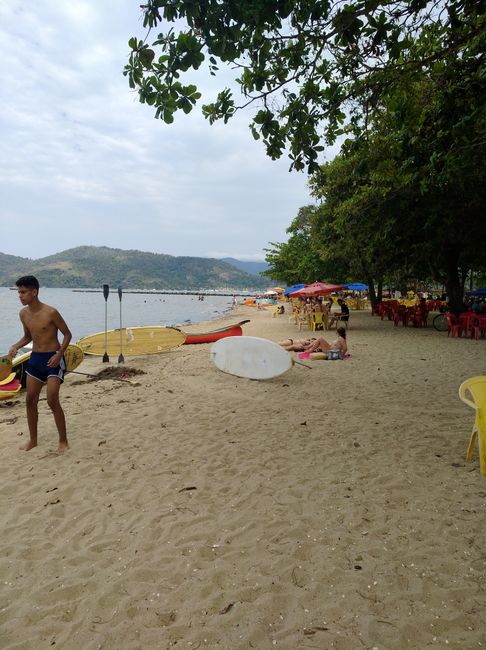
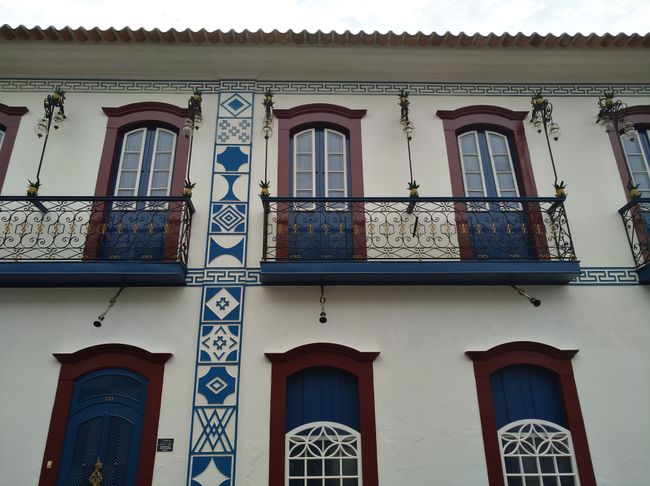
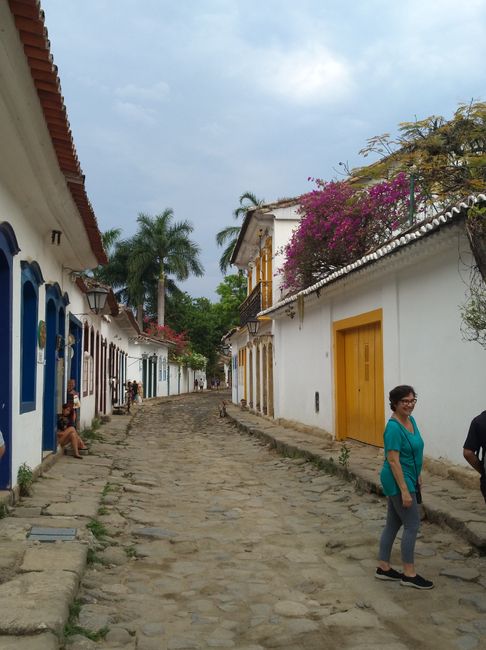
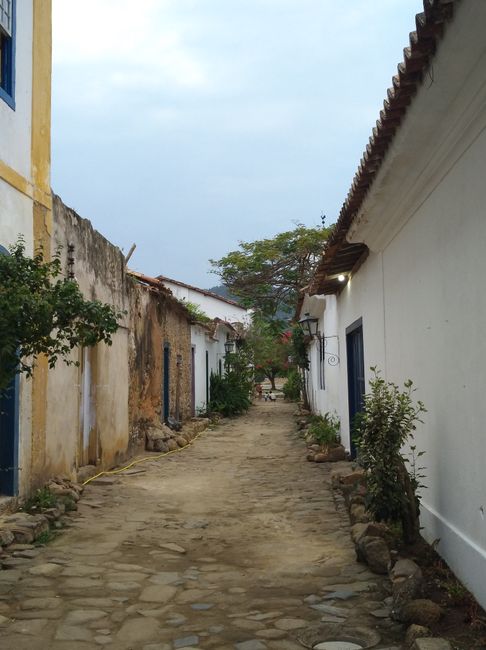
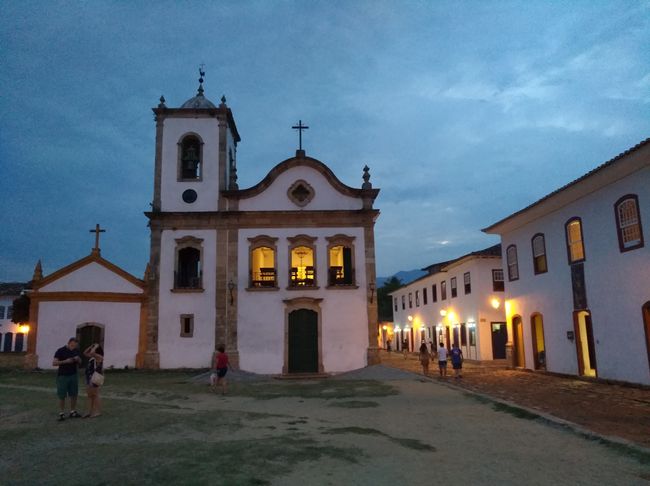
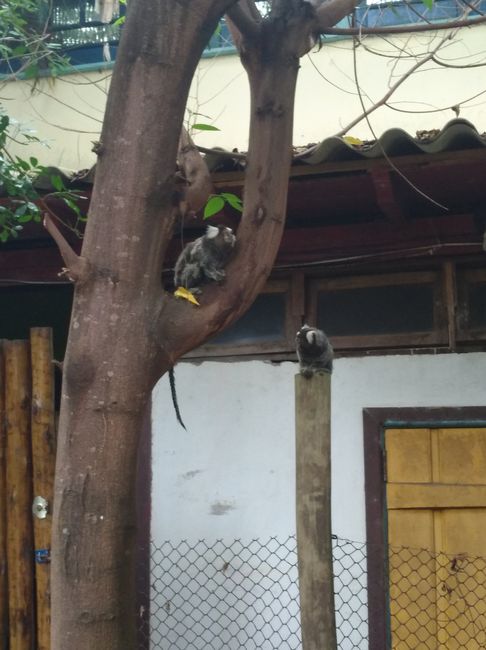
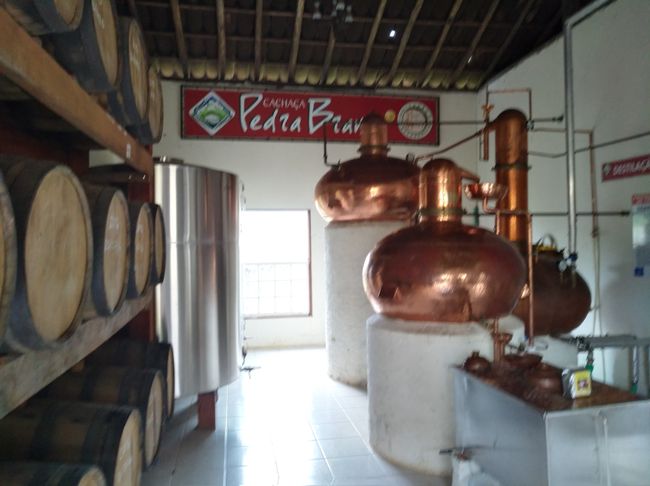
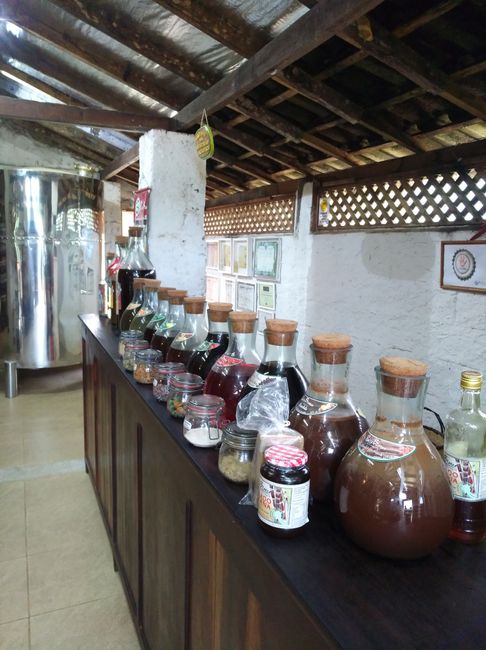
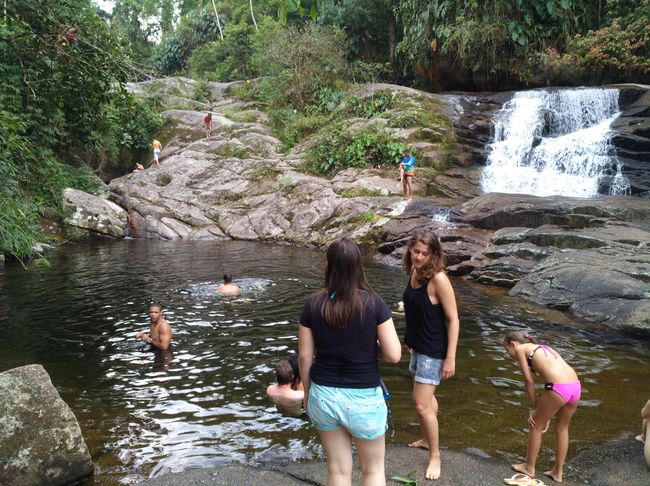
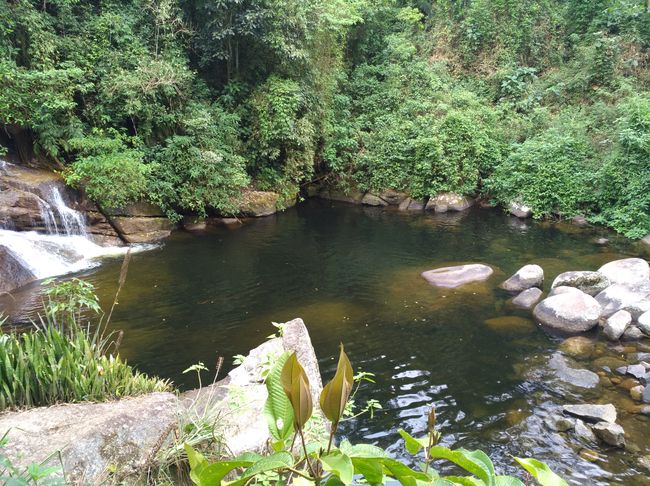
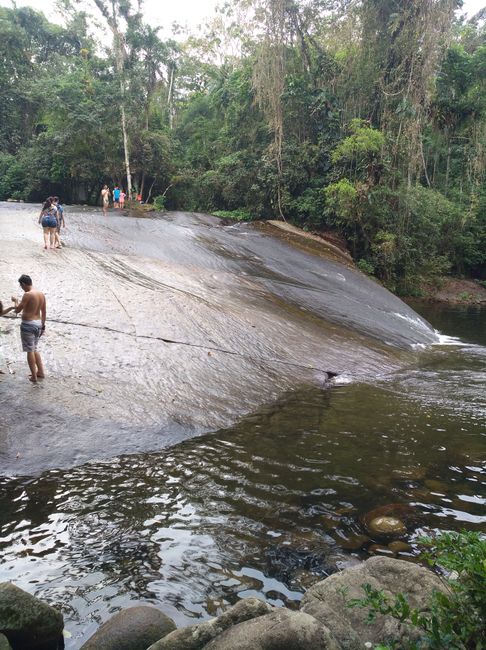
Prenumerera på nyhetsbrev
I spent the last day sightseeing in Sao Paulo. There are several ways to get a comprehensive view of this megacity. One option is the 161-meter high Banespa Tower, but unfortunately it has been closed to visitors for years. Then there's the Martinelli Building, built in 1922 by Guiseppe Martinelli with the goal of being the tallest building in Sao Paulo. When the skyscraper was finally completed in 1934, it was supposed to be the tallest building in Latin America. However, shortly after completion, it went bankrupt and had to sell the building to the city.
Unfortunately, as mentioned in the last report, there was a fatal accident a few weeks ago, which means that the Martinelli Building is also inaccessible.
Lastly, there was only the Copan Building left. A 140-meter high residential building in the middle of the city, which opens to visitors in Block F every day at 10:30. From the top, you have a wonderful view of Sao Paulo's skyscraper landscape for about 10 minutes, until you are kindly but firmly directed back down.
Later, I took a walk in Ibirapuera Park, which is supposedly only a 15-minute walk from my hostel. In my opinion, this attempt to incorporate some greenery into the city, which is filled with skyscrapers and eight-lane roads, failed miserably. There are wide, paved paths even in the park, where cars can drive, and the huge highway that surrounds the park does not give you the feeling of being able to escape the hustle and bustle of the city for a short time.
Therefore, I was quite happy to be able to continue the next day.
With surprising luxury, in the form of a modern coach, I went to the former colonial town of Paraty. The seven-hour journey was very comfortable due to the comfortable seats and unusually large legroom. Once I arrived in Paraty, I went to the Che Lagarto Hostel in the city center. A very cozy hostel, which is highly recommended except for the bathrooms.
The next day, I participated in a walking tour and got to know the history and peculiarities of Paraty through a Mexican who had cycled from Mexico to Brazil.
In the 17th century, Paraty gained unexpected wealth through the 'Caminho de ouro' (Gold route). When gold and gemstones were found in the neighboring state of Minas Geiras, a path built by Indians became the fastest route from the mines to the port of Paraty and then by ship to Rio de Janeiro. From there, the gold was further shipped to Portugal. The adventurers who became rich returned to Portugal and their relatives arrived to take advantage of the opportunity. Paraty's gold rush lasted until the gold and gemstone reserves slowly began to shrink. The families who could not afford to return to Portugal stayed and started growing something new near the mines: coffee and tobacco, triggering the second hype around Paraty.
The growing population soon outgrew the one-story houses, so expansion was necessary. The Freemasons offered themselves as master builders, as they were persecuted by the Catholic Church in Europe. So there are still Freemasons in Paraty today, and there are many hidden references to Freemasonry in the historic old town.
The nearly all-white historic old town is truly worth seeing, and you feel like time has been turned back. The Paraty beach is less beautiful, but it is sufficient for a relaxed meal with a view of the water. For beach excursions, the Trindade Beach, which is a 40-minute bus ride away, is recommended, for example. Or the island of Ilha Grande, where I will be going in a few days.
The next day, I had planned to take a boat tour to the surrounding beaches and islands, but due to heavy rain in the morning, I changed my plan at short notice. With four Brazilians, one Portuguese, and one Swiss, I went on a tour to the waterfalls and a Cachaca distillery. Since I was the only one who didn't speak Portuguese, the trip was quite boring for me due to the language barrier. Unfortunately, our guides spoke mostly Portuguese, and they only occasionally translated for me.
Despite the cloudy weather, it was pleasantly warm, and we could relax and swim in the waterfalls. It was exciting at the Tobago waterfall, a long rock wall where the water flowed down. There, you could slide down the waterfall for about 10-20 meters. We tourists did it in a relaxed sitting position, while the locals did it daringly standing up.
Then we went to a Cachaca distillery, where the famous alcohol made from sugar cane is produced, which is usually used for Caipirinha. In colloquial language, Cachaca is also called 'Aguardente' (firewater) or 'Pinga' (moonshine). If you ever try Cachaca neat, you'll understand why. However, there are also mixed Cachaca drinks, and for example, the Banana Cachaca or Cachaca Gabriella, for which this area is famous, taste really good. If I weren't going to travel longer, I would have bought a bottle.
Prenumerera på nyhetsbrev
Svar

